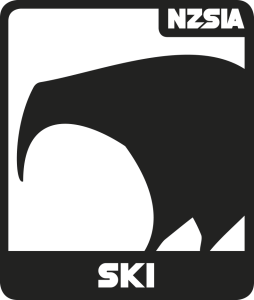Who is the Student?
When teaching, the instructor will encounter lots of different motivations and personalities. These differences should be considered when making decisions on what type of activities best suit the situation or student.
Example
In other situations with different students, a more “doing” approach is preferred or needed. This is where the instructor does more final-form skiing with brief stops to look at a specific part before putting it back into final form again. This is sometimes called “whole-part-whole”.
This tends to suit a student who likes to be moving more quickly around the hill and “learning by doing” rather than breaking things down into small parts.
So, whatever the teaching assignment is, the student plays an important part in the decision-making process.
Obviously, in a one-on-one situation it’s far easier to tailor the decisions to the student. When teaching group lessons the instructor is challenged to find a balance of activities that keep all their students engaged and motivated.


